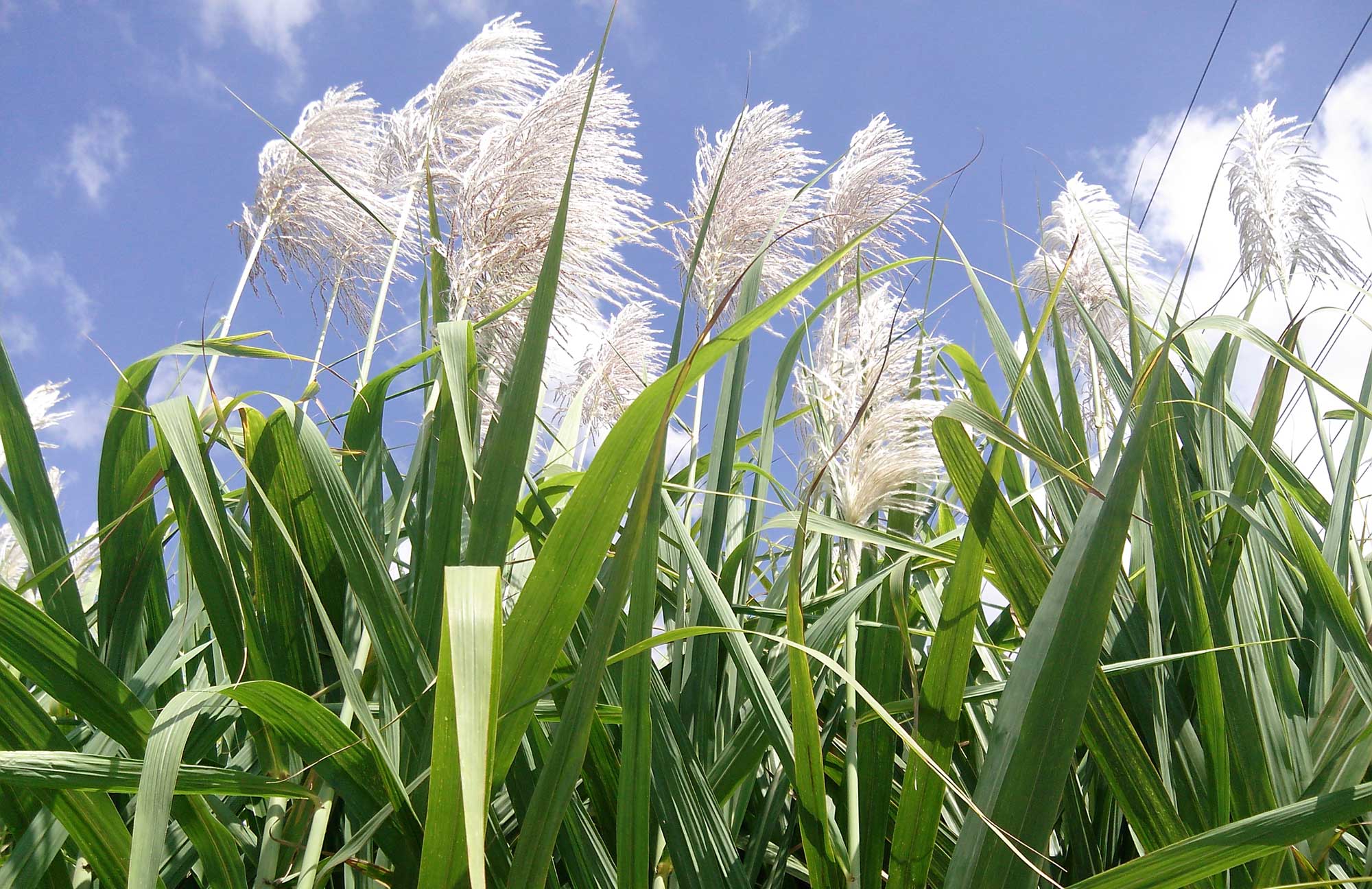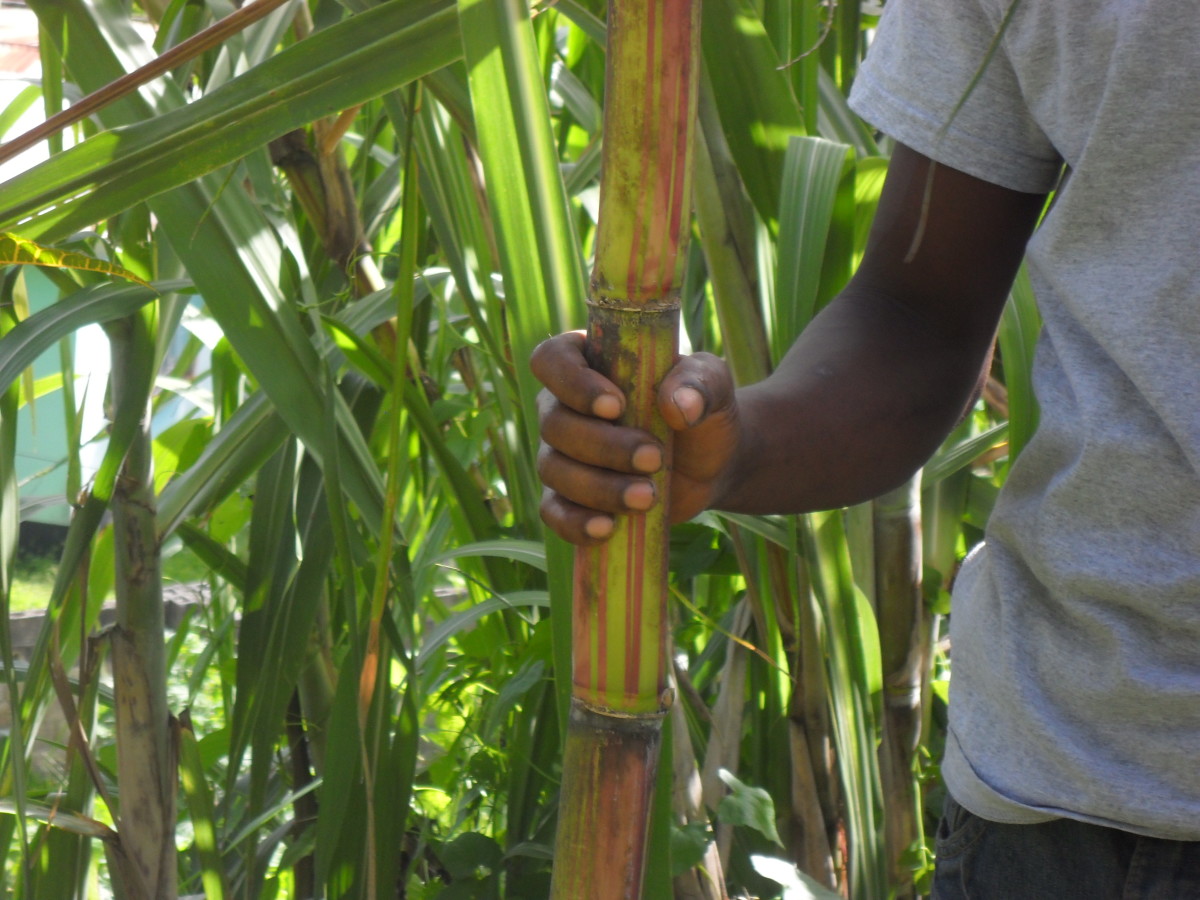Recognizing Exactly How Sugar Canes Job: What Are Sugar Canes Utilized For in Food and Beyond?
Sugar canes are important to numerous aspects of both commercial and cooking practices. Their flexibility enables them to be changed right into sweeteners, beverages, and also biofuels. As one explores the trip from growing to handling, the diverse applications of sugar walking canes reveal a complicated interplay in between farming and industry. However, the implications of sugar walking stick manufacturing prolong past mere utility, questioning about environmental sustainability and economic impact.
The Background and Beginning of Sugar Canes
Although frequently considered granted in modern-day diet regimens, the background and origin of sugar walking canes expose an intricate trip that extends countless years. Native to Southeast Asia, sugar cane was initial grown around 8000 BCE, with its wonderful juice ending up being very valued by early civilizations. By the initial millennium advertisement, it infected India, where it was fine-tuned right into crystallized sugar, a remarkable technology that changed its usage and trade. The introduction of sugar cane to the Mediterranean happened around the 7th century, many thanks to Arab investors, who acknowledged its financial potential.During the Age of Expedition, European homesteaders established sugar haciendas in the Caribbean, substantially impacting international trade. By the 17th century, sugar ended up being a standard product, fueling economic situations and affecting social structures. The story of sugar canes is linked with farming, commerce, and cultural exchanges, marking its significance in shaping modern-day financial systems and culinary methods.

Farming and Gathering Practices
The farming and harvesting of sugar canes involve numerous crucial practices that determine the high quality and yield of the plant - What Are Sugar Canes Used For. Crucial element include effective dirt prep work strategies, accurate growing approaches, and efficient harvesting strategies. Understanding these methods is crucial for enhancing manufacturing and ensuring sustainability in sugar walking stick farming
Soil Preparation Methods
Reliable soil preparation methods are vital for effective sugar walking stick growing, as they lay the structure for healthy and balanced development and ideal return. The procedure starts with soil screening to assess nutrient levels and pH balance, permitting tailored amendments. Tilling and raking are then utilized to freshen the dirt and break up compaction, improving origin penetration. Including natural issue, such as garden compost or well-rotted manure, enhances soil fertility and framework. In addition, correct water drainage systems are vital to stop waterlogging, which can impede walking stick growth. Cover cropping may also be utilized to reduce weeds and improve dirt wellness. These methods collectively ensure that sugar cane has the most effective environment to flourish, leading to durable plant health and increased productivity.
Planting and Growth
Successful growing and growth techniques are important for maximizing the yield of sugar walking stick. The process begins with picking healthy seed walking sticks, which are segments of fully grown stalks abundant in buds. These seed walking canes are normally planted in well-prepared dirt, preferably at a depth of 4 to 6 inches, guaranteeing sufficient moisture and oygenation. Sugar walking stick prospers in warm climates with sufficient sunshine and requires regular watering, particularly during dry spells. Fertilizing with nitrogen, phosphorus, and potassium is crucial to promote durable growth. Weed control is additionally important, as competitors can hinder development. Routine monitoring of plant wellness and dirt problems permits for prompt interventions, eventually causing a successful plant that meets market needs.
Gathering Methods
Collecting sugar walking stick requires mindful preparation and implementation to ensure maximum yield and top quality. Usually, the harvest happens when the cane gets to perfect sugar material, frequently between 12 to 18 months after growing. There are 2 primary techniques: guidebook and mechanical harvesting. Hand-operated harvesting entails laborers using machetes to cut the stalks at ground degree, making sure marginal damages to the plant and dirt. On the other hand, mechanical harvesting employs customized devices that reduced, slice, and carry the walking stick, boosting effectiveness and minimizing labor costs. Nonetheless, mechanical methods can lead to higher dirt compaction and loss of nutrients. Despite the technique, timely harvesting is vital, as delays can lead to reduced sugar quality and boosted vulnerability to diseases and insects.
Handling Techniques for Sugar Extraction
The handling of sugar walking cane is an essential stage in sugar production, incorporating a number of crucial strategies - What Are Sugar Canes Used For. Harvested walking cane goes through squashing and juicing to extract its sweet fluid. This juice then proceeds through purification and formation, transforming it into the sugar most frequently utilized today
Collecting Sugar Walking Stick
Sugar cane collecting marks an essential phase in the production procedure, where timing and method play crucial roles in making best use of yield. Commonly, the harvest happens when sugar content is at its optimal, which differs based upon climate and growth problems. Employees utilize specialized equipment or guidebook devices to reduce the cane at the base, making certain minimal damages to the plant. Correct strategy is essential; reducing too expensive can decrease the quality and amount of the sugar drawn out later on. After reducing, the walking stick needs to be delivered quickly to processing centers to stop spoilage and sugar deterioration. The effectiveness of the harvesting process significantly influences the general productivity and earnings of sugar cane farming, making it a vital focus for manufacturers.
Crushing and Juicing
As soon as sugar cane is collected, the next necessary step includes crushing and juicing to remove the sweet liquid that has sucrose. This process normally employs hefty equipment created to squash the stalks, damaging down the fibrous framework and launching the juice. Rollers or mills apply substantial stress, allowing the cane juice to stream out while dividing the fibrous residue, known as bagasse. Once crushed, the cane is typically based on a collection of pressing phases to take full advantage of see this site juice extraction. The accumulated juice is abundant in sugar and may consist of pollutants, which will be attended to in later processing steps. In general, juicing and squashing are important strategies that change harvested sugar walking stick into a fluid kind suitable for more refinement.
Purification and Crystallization
Purification and condensation are pivotal processes in changing raw cane juice into polished sugar. After extracting juice from smashed sugar walking canes, the liquid includes impurities such as plant healthy proteins, fibers, and minerals. To attain purification, the juice undergoes information, where heat and lime are contributed to precipitate contaminations, which are then removed. The made clear juice is after that concentrated via dissipation to develop a thick syrup.Next, crystallization happens, where sugar crystals form as the syrup cools. This process usually includes seeding the syrup with existing sugar crystals to advertise consistent development. The resulting crystals are separated from the staying molasses via centrifugation, yielding pure sugar. This refined product is then dried out and packaged for different culinary uses.
Culinary Use Sugar Canes
While usually connected mainly with sugar, sugar canes provide a versatile series of culinary applications beyond their duty in sugar production. Fresh sugar walking cane can be juiced, yielding a pleasant, invigorating beverage enjoyed in several tropical areas. This juice works as a base for alcoholic drinks and smoothie mixes, including a distinct taste profile.Additionally, sugar walking cane syrup, stemmed from simplifying the juice, is used as an all-natural sugar in numerous meals, from marinates to treats. The syrup passes on an abundant, caramel-like taste, boosting both wonderful and mouthwatering recipes.In some cuisines, sugar walking cane stalks are grilled or baked, offering a distinct smoky preference that enhances meats and veggies. Moreover, sugar walking stick can be included into desserts, such as puddings and candies, where its sweetness and fibrous appearance produce fascinating contrasts. Overall, sugar walking sticks add to both conventional and innovative culinary developments throughout varied societies.
Industrial Applications Past Food
Beyond their have a peek at this site culinary usages, sugar walking sticks play a considerable duty in various industrial applications, contributing to sectors such as bioenergy, paper production, and bioplastics. The coarse product of sugar walking cane is made use of in the manufacturing of biofuels, especially ethanol, which functions as a renewable power source that decreases reliance on fossil fuels. In the paper market, bagasse, the fibrous deposit left after juice extraction, is processed into pulp for paper and cardboard manufacturing, promoting lasting methods by utilizing waste. In addition, improvements in bioplastic innovation have actually caused the growth of eco-friendly plastics derived from sugar walking cane, supplying an eco-friendly alternative to conventional petroleum-based plastics. These commercial applications not just improve the value of sugar walking canes but also align with global motions in the direction of sustainability and sustainable sources, illustrating their adaptability past the kitchen.

The Ecological Influence of Sugar Cane Production
The manufacturing of sugar walking stick, despite its countless commercial benefits, postures substantial ecological difficulties. Deforestation is often a consequence, as substantial locations of land are cleared to grow sugar walking stick, resulting in environment loss and biodiversity decrease. Additionally, the extensive farming practices linked with sugar walking stick farming can lead to dirt deterioration and disintegration. The heavy use of chemicals and fertilizers to take full advantage of yields contributes to water contamination, adversely impacting aquatic ecosystems.Moreover, sugar walking stick manufacturing is linked to raised greenhouse gas emissions, particularly via land-use adjustments and the burning of walking cane areas before harvest. These techniques not just influence air quality but likewise contribute significantly to climate modification. In enhancement, the water-intensive nature of sugar walking cane farming locations stress and anxiety on neighborhood water sources, impacting ecosystems and communities reliant on these products. Resolving these environmental effects is important for lasting sugar walking stick manufacturing in the future.
Frequently Asked Questions
Exist Health And Wellness Advantages Surrounding Consuming Sugar Walking Stick?
The inquiry of health benefits related to sugar cane consumption highlights potential advantages. Sugar cane may give hydration, crucial minerals, and anti-oxidants, but moderation is essential due to its natural sugar content and possible wellness implications.
Just How Does Sugar Walking Cane Compare to Other Sweeteners Nutritionally?

Sugar walking stick provides all-natural sweetness, mostly comprising sucrose, while various other sweeteners vary in make-up and calorie material. Compared to artificial alternatives, sugar walking stick offers minerals and vitamins, though it continues to be high in calories and carbs.
Can Sugar Cane Be Grown in Non-Tropical Areas?
Sugar walking stick mainly grows in exotic climates, calling for abundant rains and warm temperature levels. While some non-tropical regions try growing, success is restricted as a result of poor warmth and expanding seasons, making large-scale manufacturing testing.
What Are the Common Parasites or Illness Affecting Sugar Canes?
Typical pests influencing sugar canes consist of the sugarcane borer and aphids, while illness like fallen leave scald and red rot present substantial hazards. Effective administration techniques are important for maintaining healthy and balanced sugar walking cane crops and optimizing returns.
Just How Does Sugar Cane Impact Citizen Economies?
The impact of sugar walking stick on neighborhood economies is considerable, giving employment opportunities, increasing agricultural markets, and adding to exports. Its growing sustains regional companies and improves community development through boosted revenue and framework enhancements. Indigenous to Southeast Asia, sugar walking cane was first cultivated around 8000 BCE, with its wonderful juice becoming very valued by very early worlds. The intro of sugar cane to the Mediterranean took place around the 7th century, thanks to Arab investors, that acknowledged its economic potential.During the Age of Expedition, European colonists developed sugar haciendas in the Caribbean, significantly impacting worldwide profession. The processing of sugar cane is a vital phase in sugar manufacturing, encompassing a number of key methods. While usually linked primarily with sweeteners, sugar walking sticks use a functional range of cooking applications past their function in sugar production. find here The hefty usage of plant foods and chemicals to take full advantage of yields contributes to water air pollution, adversely impacting marine ecosystems.Moreover, sugar walking cane production is linked to raised greenhouse gas exhausts, particularly through land-use changes and the burning of walking cane areas prior to harvest.